Today we’ll be taking a look at Toshiba Hi-Speed Port Replicator II (PA3916A-1PRP), a docking station for Toshiba laptops which has 2x USB3.0, 4x USB2.0, Gigabit NIC, audio in/out, serial, VGA and HDMI/Displayport.
A lot of screws later and we’re in, well sort of.
The whole PCB is completely shielded, we have some copper sheets on the outside plastic covers and we can see how the eject lever works.
A lot more screws later and we’re really in, it looks nicely laid out. We have the power connector with wires going down to the 2nd board, another power cable coming back to the first board plus 2 flat flex cables. PCB date code is 45th week of 2013.

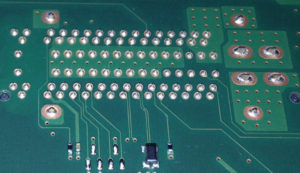
The laptop dock connector itself has 8 pins for power and a 50+ pins for data/ground.
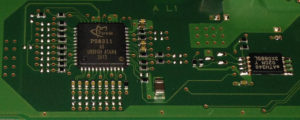
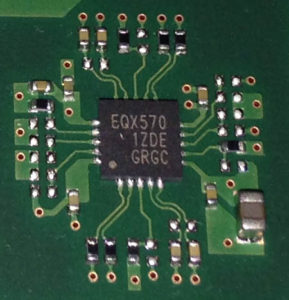
On the connector board we have a Parade PS8311 DisplayPort Repeater which supports the DisplayPort 1.1a standard and runs off a single 3.3V supply. There is an ATH340 chip near by which is likely an EEPROM and a EQX570 chip.
When the power comes into the main board, it goes through what looks like a mosfet before reaching the Maxim MAX1993 DC-DC converter with 2x external Toshiba 8030-H mosfets and a big 4.7uH inductor. There are a few other smaller DC-DC converters on board too.
Going right to left on the PCB, we have the Parade PS8312 DisplayPort Dual Mode Source 1:2 Demultiplexer which turns one DisplayPort input into a DisplayPort Dual Mode 1.1a output plus a TMDS output for DVI or HDMI 1.3a.
Next up we have the serial port which is controlled by the Maxim MAX3243 RS-232 Transceiver and the Prolific PL2303 USB to Serial Bridge Controller.
For the VGA and the LAN port, its just passed through to the laptop so it’s doing that directly.
The 2x USB3.0 ports are controlled by the Renesas PD720200A USB Host Controller which are passed through the PCI Express port, running from a 48MHz crystal/oscillator plus an Adesto 25F512B 512Kbit flash memory.
The other 4x USB2.0 ports hook up to the SMSC USB2517 USB 2.0 Hi-Speed Hub Controller which can support up to 7x USB ports, running with a 24MHz crystal/oscillator.
Finally the audio in/out is provided by the Cmedia CM6300 USB Audio chip, running with a 12Mhz crystal and there is another ATH340 which would have to be an EEPROM as that’s what the datasheet says the chip interfaces with. It looks like they are using one of the 3x free USB ports from the USB2517 as the interface with this chip, nice.
And that’s all.
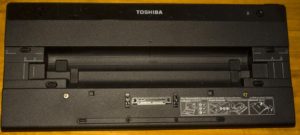
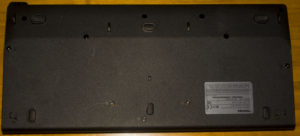

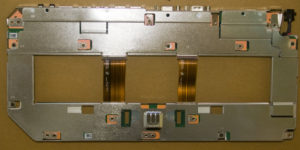
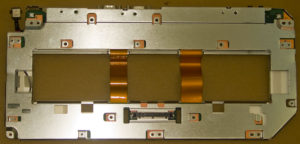
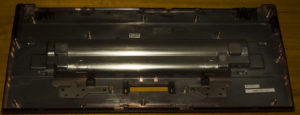
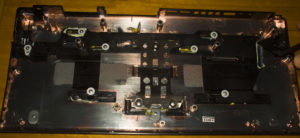
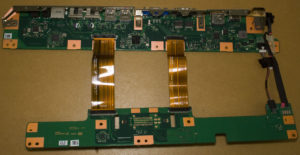
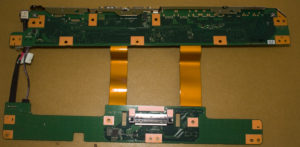
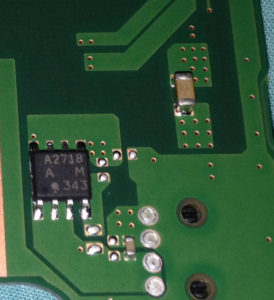
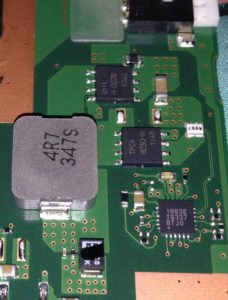
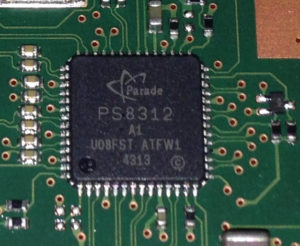
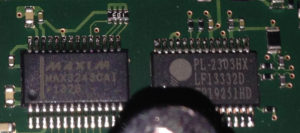
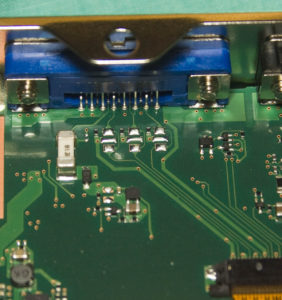
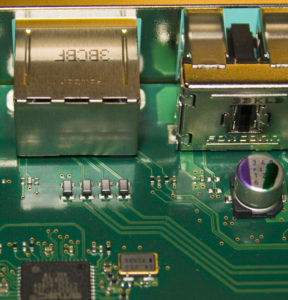
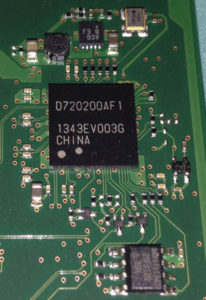
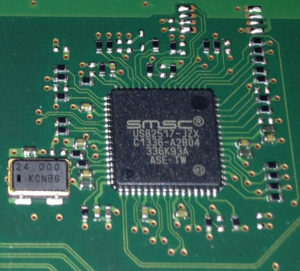
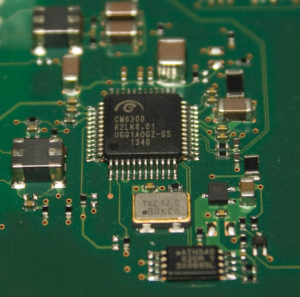





thank you! Useful info.